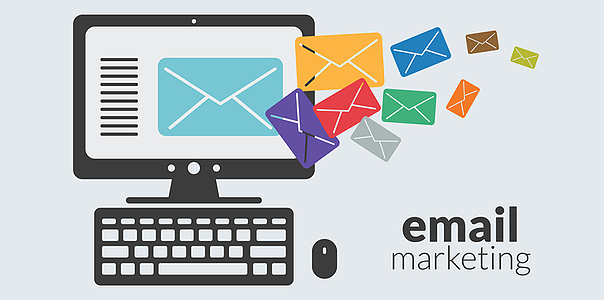Seven Email Marketing Strategies to Help Increase Open Rates

The success of an email marketing campaign hinges on the ability of the sender to motivate the recipient to open and read the email. If the email isn’t composed well, or if the subject line turns off the recipient, chances are pretty good that the business will have low open rates. Obviously, that’s not the goal, but what can be done to improve a company’s dismal email marketing open rates? As it turns out, there are plenty of ways to improve open rates. Here are seven of the best.
1) The Name of the Game
No one likes to receive a generic email. So, when you reach out to your subscribers, include either their first or first and last names in the greeting. It adds a personal touch, and that helps pave the way to conversion and brand loyalty. Also, spam filters prefer to see names instead of email addresses in the “To” field.
2) Timing is everything
Studies show that email open rates are highest early in the morning, every day of the week. However, that may not be the case for your business. The timing of an email can be the deciding factor in whether or not it gets opened, so conduct testing to determine what time of day works best for your situation.
3) A/B Split Testing
Test, test, and retest. That is the only way you’re going to know what works. When you conduct A/B split testing, you can test for broad results, such as the most successful time of day to send an email. However, you can also check using more specific criteria, such as whether to include the recipient’s first and last name or just his first name. Whatever you’re testing for though, make testing a permanent part of your email process. Spam filters change and so do people’s habits, so it’s important to stay ahead of the trends.
4) Subject Lines are Not Advertisements
Avoid crafting your subject lines to sound like ads, and keep them straightforward and frill-free. MailChimp brought this point home with their analysis of in excess of 40 million emails. They did a side-by-side comparison of those emails with the highest open rates (60%-87%) and those with the lowest (1%-14%). The emails with salesy subject lines fared significantly poorer than those with decidedly less flare. The results suggest that emails with subject lines containing spam-sounding content are treated as such by the recipient.
5) Avoid Spammy Subject Lines
The words that filters hunt for adapt over time based on the spam parameters setup by the email subscriber. Generally speaking, though, there are words, phrases, and practices that can work for or against you. For example, using extra exclamation points and all caps should be avoided in the subject line, and so should any mention of a free or guaranteed money. So, research effective keywords and keep the subject line free from the pitfalls of the ever present spam filters.
6) Focused Subject Line and Content
On average, readers do not want to spend more than 15 seconds reading an email, so make your point clearly and quickly. Stick to one topic, and you’ll have a better chance at retaining the reader’s attention.
7) Selecting the “From” Email Address and Name
When a person opens his email account and sees new email, he is more likely to delete it as spam if the business name is listed in the “from” field instead of a person’s name. A hybrid, such as “John with ABC Plumbing” may be okay in some instances, but when possible, list the sender’s personal name in the ”from” field, instead of the company name. The name of the company can appear in the subject line, however.
Also, since filters scan for free email addresses (Yahoo, Gmail), there is a chance your email will be sent to spam if you send it from such a site. So, send the email from an email established using your business domain name.
An email marketing campaign is all about getting the recipient to open the email. Sure, you want them to take action, but first they have to be convinced that it will be worth their time. So, focus on creating the ideal subject line, and then once the reader opens the email, hit him with content that will motivate him to click through and convert.
Article by Leanne Mordue

